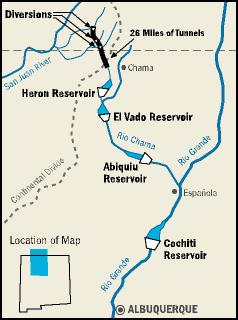River Water In Your Glass
Albuquerque's Water Supply Is About To Change


The city’s new water treatment plant under construction
Courtesy of the Albuquerque-Bernalillo Water Utility Authority




